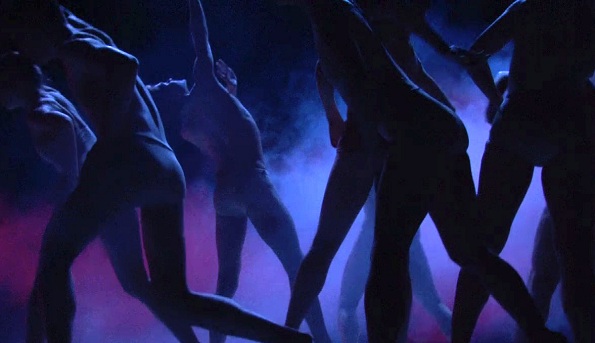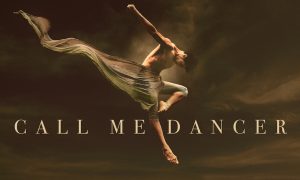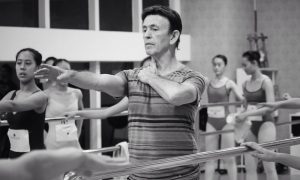Salvatore Capezio Theater
January 21, 2012
By Katherine Moore.
The Peridance Contemporary Dance Company, newly re-organized after a three-year hiatus, presented an intimate preview performance at the Salvatore Capezio Theater last Saturday. The program contained four works that will appear in their NYC Spring Season in May of 2012, two of which Igal Perry choreographed, alongside two works by choreographers Greg Dolbashian and Kristin Sudeikis.
PCDC is a repertory company devoted to demonstrating the elegance of classical ballet while still exploring more contemporary notions of movement and design. As such, it is no surprise the dancers of PCDC performed with ease of movement and clarity of line, each one of them skilled and highly-trained. This is an asset that all three choreographers used to their advantage in their works.
Perry’s excerpt from Constructs for 4 presented an austere and linear demonstration of his dancers’ advanced technical skills, and each dancer gained the opportunity to take the limelight within the work. In Leading From Behind, by Dolbashian, the dancers also rotated the chance to perform individually, but this time with far more intricate, sensual, and internally-focused movement that the dancers clearly relished. However, I hope to see a deeper, more mature grasp of this movement style by the time their NYC Season rolls around. Sudeikis, likewise, choreographed opportunities for each dancer to shine in I am you, and even orchestrated this to occur via talking instead of dancing. I would also encourage the dancers and Sudeikis to deepen their understanding of the theatrical components of the work so that these spoken words might be more natural and less forced.
This visible showcasing of each individual’s talent and potential was a little obvious at times, but a pleasure to watch nonetheless. Once these young performers learn to channel their sizeable talents more towards the success of the choreography as an ensemble and not simply towards the achievement of their individual performance, this group will produce dynamic and moving work.
Indeed, while Dolbashian’s movement invention and Sudeikis’ sense of drama were interesting, I found the most enjoyable piece of the evening to be Perry’s El Amor Brujo, a more traditional ballet piece inspired by a Spanish gypsy love tale. Here, both Perry and his dancers excelled with their vibrant and intricate partnering, providing a lively and sweeping stage of movement that was lacking in the first half of the program. The dancers were able to shine as individuals while maintaining their connection to the ensemble. Perhaps the music, video, and theatrical elements helped tie it all together, but it seemed to me that this group, at present anyway, performed best within the constructs of a classical ballet drama. For me, the traditions of classical ballet worth upholding in contemporary dance often have less to do with the elegance of the body, and more to do with the elegance of spirit, which was obvious in El Amor Brujo.















